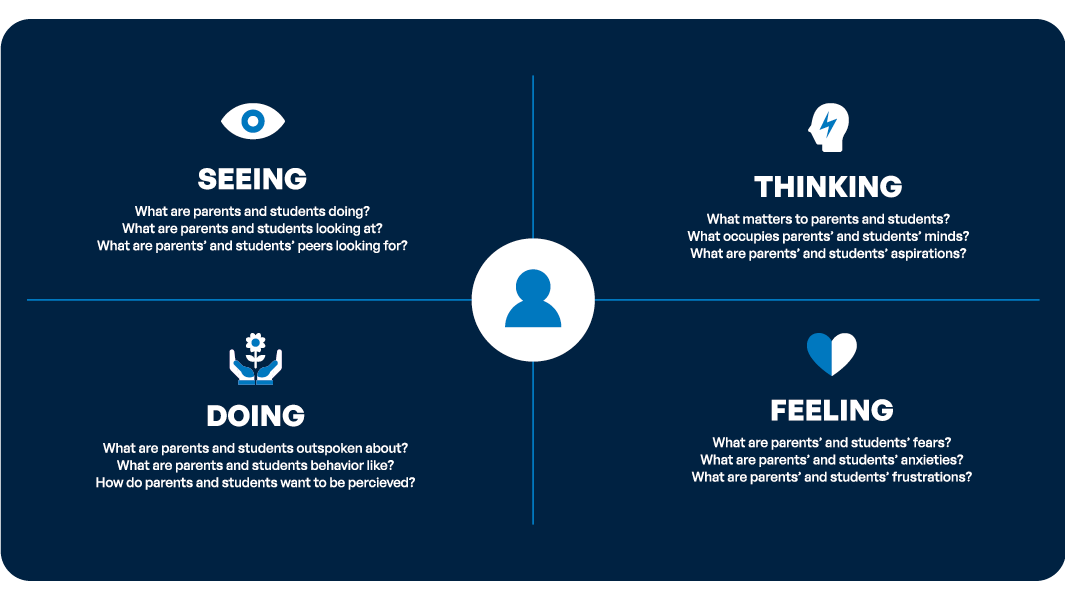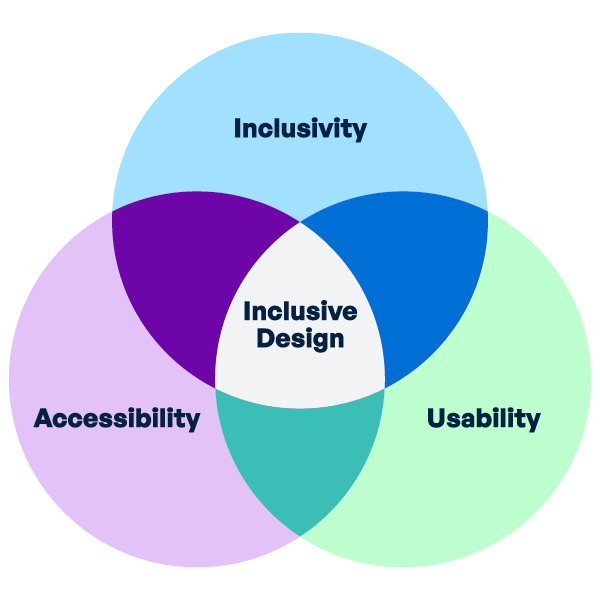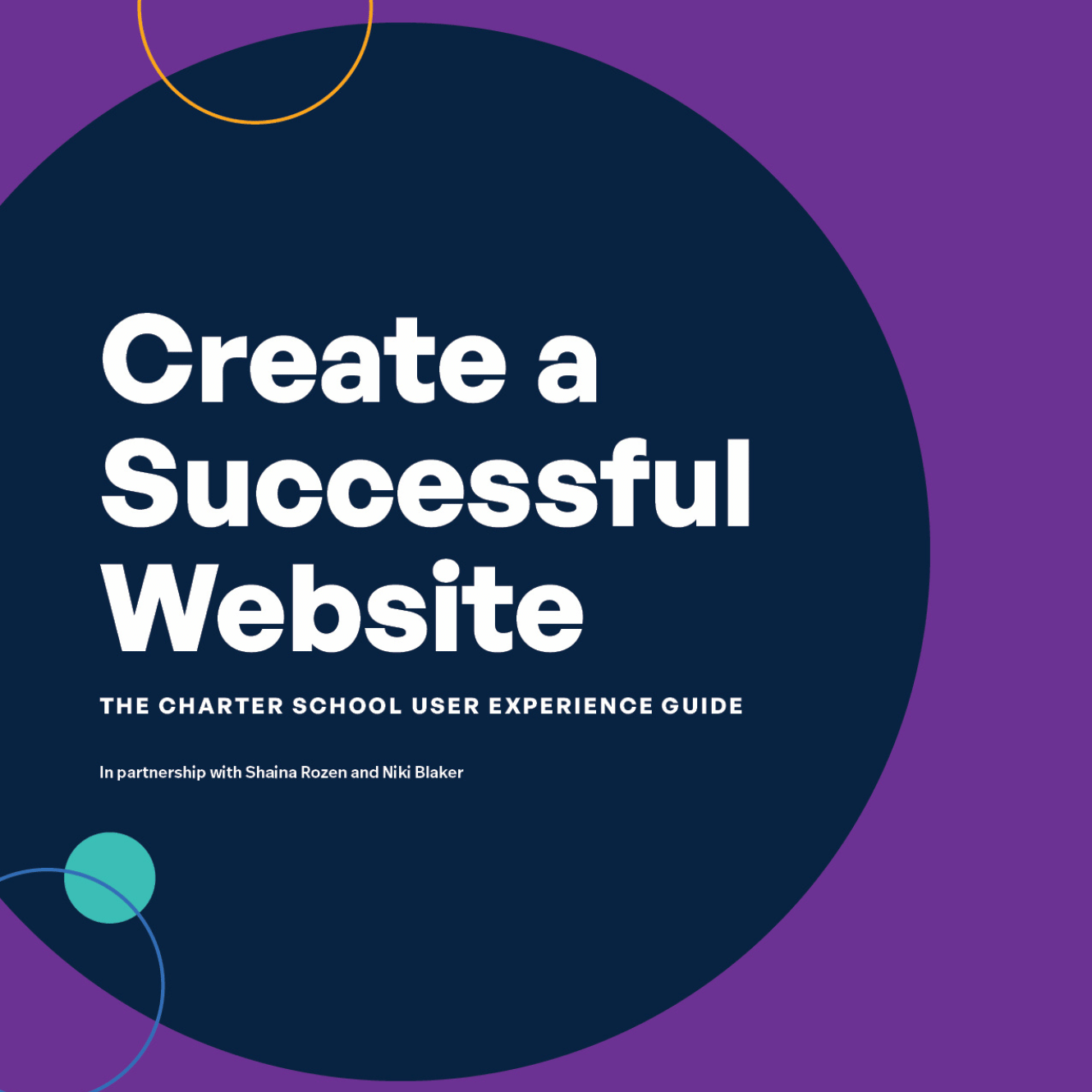Your website serves as the digital front door to your school. A user-friendly design creates a positive first impression, making it more likely that visitors will explore further and consider enrollment. It ensures that prospective families, who may or may not be tech-savvy, can easily navigate the site, find information, and complete enrollment processes without frustration.
Here are 5 tips for a user-friendly website.
1. Understand Your Audience
One of the foundational steps in creating a meaningful digital experience is gaining a deep understanding of your audience. Identify the different user groups, whether they are potential families, current students, or community supporters, and conduct interviews, surveys, and empathy mapping exercises to comprehend their needs, motivations, and experiences. By putting yourself in the shoes of your users, you can tailor your website to resonate with them on a personal level.

2. Goal Setting: Define Success Metrics from the Start
Set clear goals for your website. Establish SMART goals—specific, measurable, achievable, relevant, and time-bound. For example, rather than a broad goal like increasing enrollment, aim to increase the number of applications submitted through the website by a specific percentage within a defined timeframe. Setting goals ensures alignment among stakeholders and provides benchmarks for measuring success.
3. Monitor Your Progress Effectively
Implement analytics and tracking tools to monitor user behavior on your website. Track metrics that align with your goals, but be cautious of potential misleading indicators. High traffic numbers may not always translate to genuine user engagement. Combine quantitative data with qualitative insights gathered through interviews and feedback to gain a comprehensive understanding of user interactions.

4. Balance Statistics with Storytelling: Humanize Your Data
While statistics and awards add credibility, experts stressed that it’s crucial to balance them with compelling storytelling. Share success stories, testimonials, and impactful narratives that humanize the data. Use multimedia elements, such as videos and photos, to create an emotional connection with your audience. A well-crafted narrative not only informs but also engages and resonates with visitors.

5. Create an Inclusive Experience
As charter schools strive to attract more diverse students, a school’s website is a prime opportunity to set the tone and stand out.
School websites—and all websites—should consider all types of users, not just the majority. They must be accessible (able to be used by people of all abilities) and inclusive (not exclusionary in their form or content).

Niki Blaker is a design strategist and founder of Five Sigma Studio—a design firm focused on bringing brand strategy, user experience, design, and content together. Her work is guided by an emphasis on cross-discipline collaboration and in-depth research that makes meaningful brand strategy and design experiences possible.

